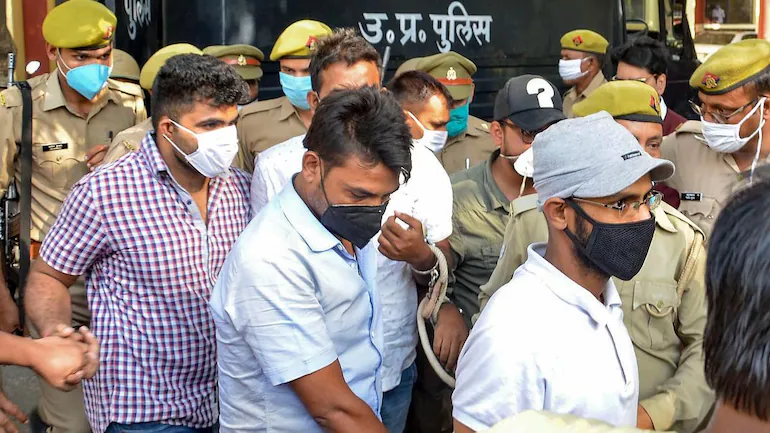A year after the Delhi-based journalist Siddique Kappan was arrested on the charges of sedition, The Special Task Force (STF) of Uttarpradesh has accused him of not being a “responsible” journalist and writing to incite Muslims.
Kappan was on his way to Hathras to cover the brutal rape and murder of a Dalit girl when he was arrested. He has also been accused of sympathising with “Maoists and Communists” in the charge sheet.
According to the Indian Express, the elaborate 5000-page charge-sheet has his case diary note, dated January 23, 2021.
The investigating officer highlights portions from around 36 articles written by Kappan for a Malayalam media house where he has reported on the Nizamuddin Markaz gathering after the Covid outbreak, anti-CAA protests, Northeast Delhi riots, the Ram temple in Ayodhya and the charge sheet against Sharjeel Imam who was jailed on sedition charges.
The STF referred to one of his articles from his report on the anti-CAA protest in Aligarh Muslim University; the note states: “In the writing, the Muslims have been portrayed as victims (who) were beaten up by police and were asked to go to Pakistan. It is evident from the writing that it has been done to incite Muslims.”

In conclusion, the charge sheet says, “These writings of Siddique Kappan, to a great extent, can be classified as communal. During riots, taking the name of a minority and talking about events related to them can incite sentiments.
Responsible journalists do not do such communal reporting. Kappan only and only reports inciting Muslims, which is a hidden agenda of PFI (Popular Front of India). Some stories were written to sympathise with Maoists and Communists.”
What are these incidents mentioned in the report?
Nizamuddin Markus Incident
Between March 1- 21, a religious congregation organised by Jammat e Islami, a global religious organisation in Delhi, brought more than 5,000 people from various countries to India’s capital.
This event was accused as one of the reasons behind the significant spike in corona cases in India. The mainstream media targeted the Muslim community for spreading the virus to the whole country.
Suagato Datta, the behavioural and developmental economist, pointed out in an article for Scroll written by Shoaib Daniya that there was sampling bias which led to skewed data targeting a particular community. He raised the point that the authorities did not aggressively trace and test people from other gatherings like it.
“This is sampling bias: since people from this one cluster have been tested at very high rates, and overall testing is low, it is hardly surprising that a large proportion of overall positives is attributed to this cluster,” Datta said.
The congregation happened at a time where The Centre had not taken the virus seriously. Unlike the Kumbh gathering amid the second wave of Covid-19, there were no protocols in place, and it had severe repercussions.
The Anti-CAA protest in Aligarh Muslim University
On December 15, 2019, a timeline of events points out that the police attacked the peaceful march students protesting against the Citizen Amendment Act and National Register for Citizens.
However, The National Human Rights Commission, in its report, stated that students initiated violence. Finding loopholes in that report, a Delhi based collective, Citizens Against Hate, documented 124 reports that recounted the testimonies of students of Jamia Millia Islamia and Aligarh Muslim University narrating the brutalities done by the police. Even the female students were harassed.
“The male police officers were pressing our feet and hands with their boots,” says a student, quoted in the 124-report compiled by the Citizens Against Hate, a Delhi-based collective of individuals and groups.
Delhi Riots
India witnessed horrific communal riots in the northeast of Delhi in February 2020, which left around 53 people dead and more than 200 injured.
The on-ground reports suggest that both Muslims and Hindus lost their family members. However, some ground reports point out the first attack was initiated by a Hindu mob in a Muslim-dominated area. The riots are still being investigated.
Also Read: The Bengal Election: An Analysis of the Aftermath